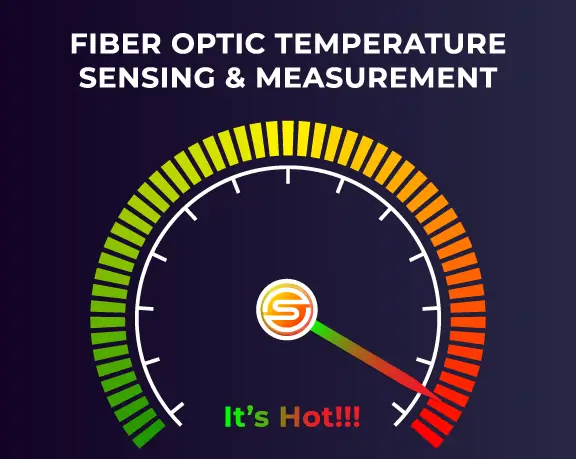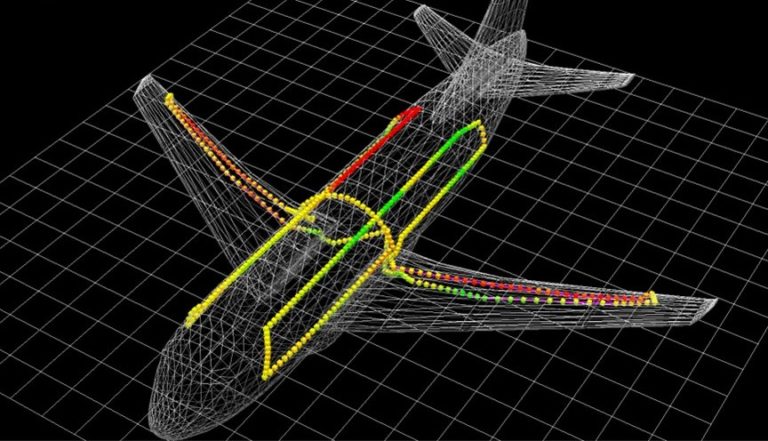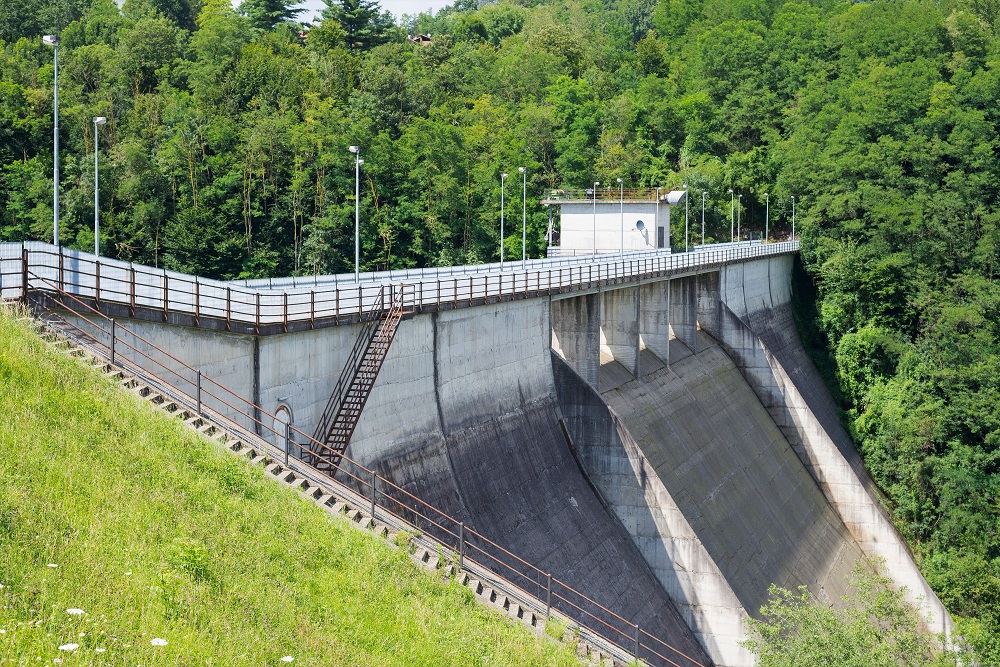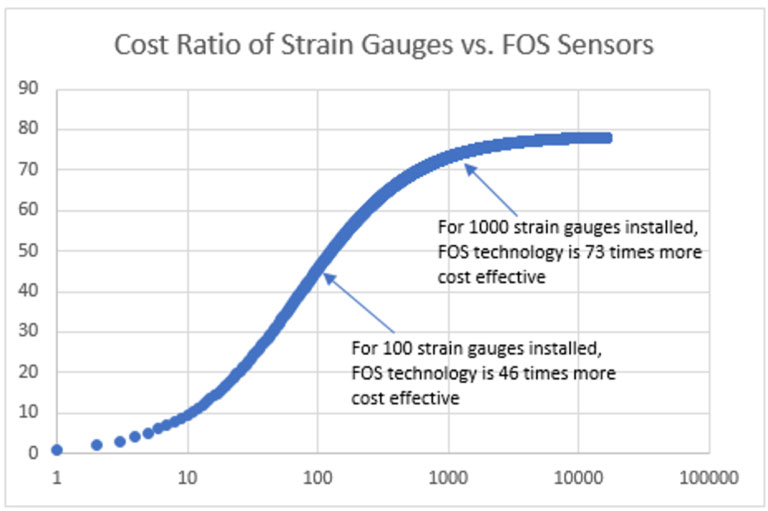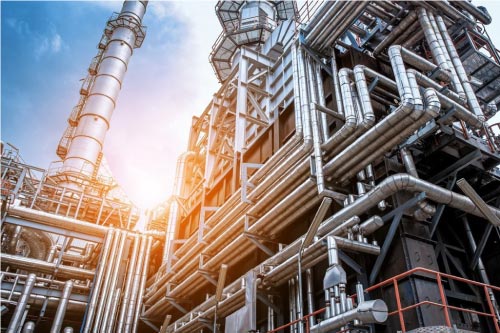Early Damage Detection with Distributed Fiber Optic Sensing: Safeguarding Critical Infrastructure
In today’s world, the maintenance of critical infrastructure like pipelines, bridges, and industrial plants is more important than ever. Aging assets, increasing usage demands, and environmental factors can all lead to structural weaknesses and catastrophic failures. Fortunately, innovations in sensor technology are enabling asset owners and maintenance engineers to catch potential problems before they escalate. […]



